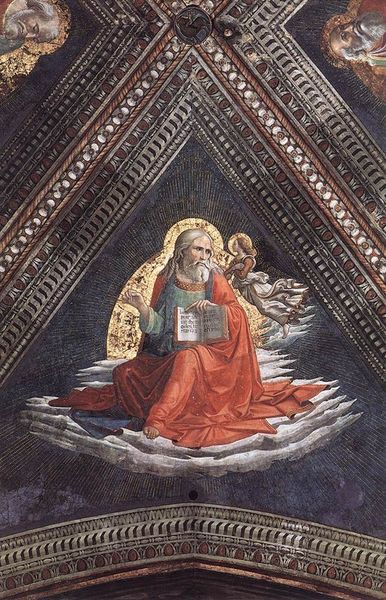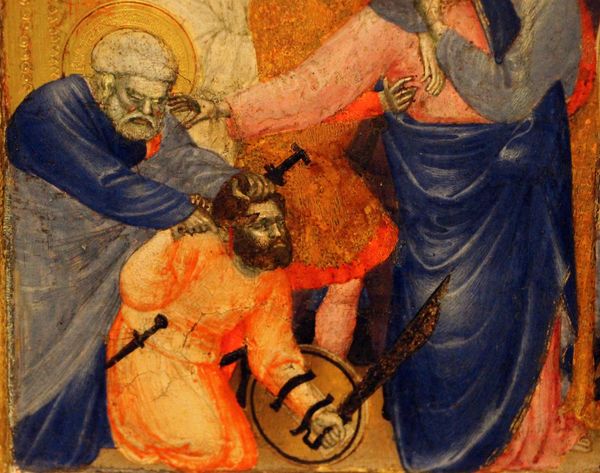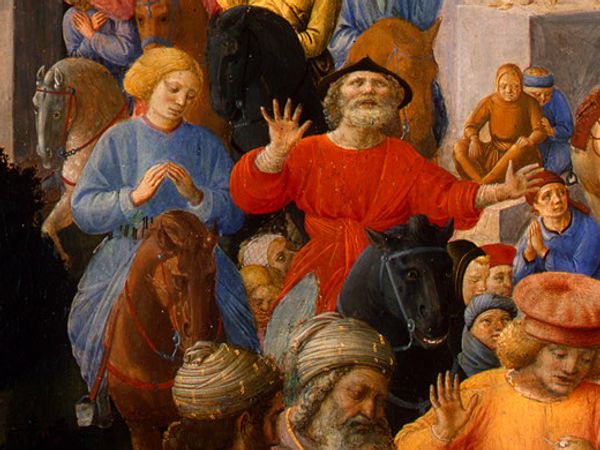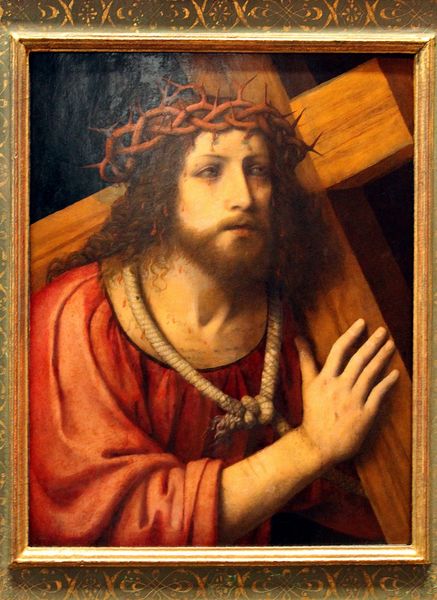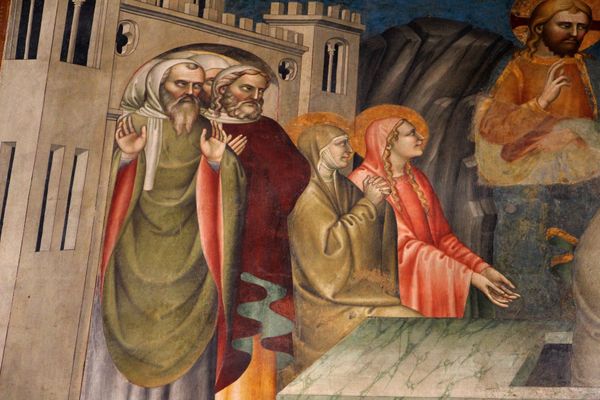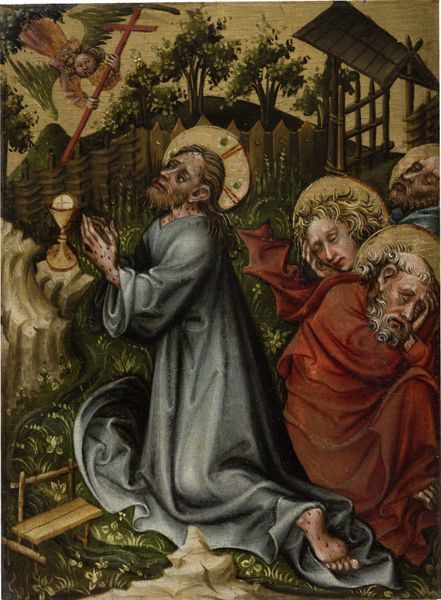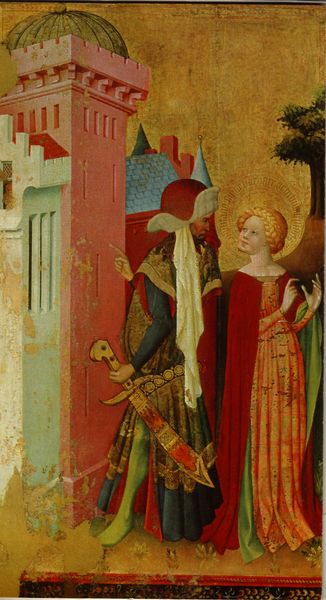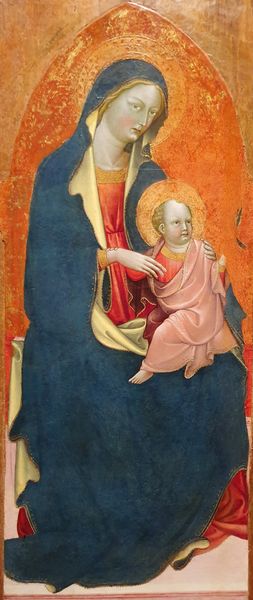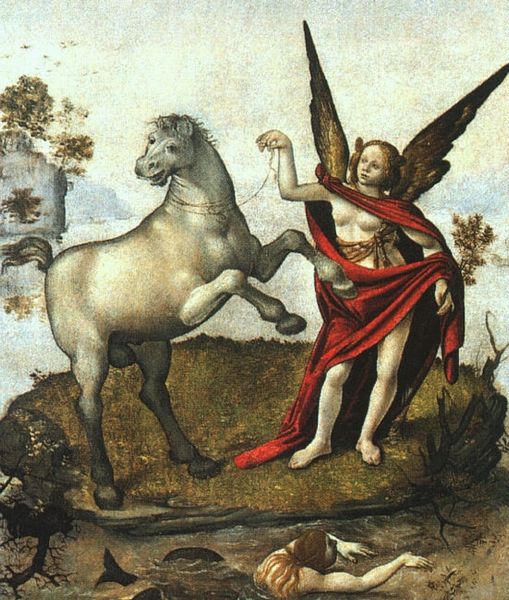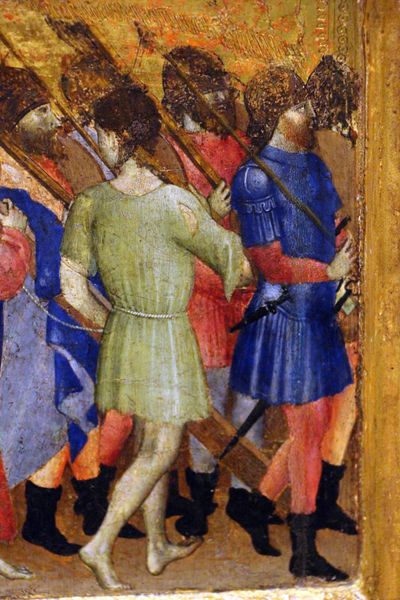
God the Father (from Altar of Philip the Bold) 1399
0:00
0:00
melchiorbroederlam
Musée des Beaux-Arts de Dijon, Dijon, France
tempera, painting
#
portrait
#
tempera
#
painting
#
prophet
#
figuration
#
oil painting
#
christianity
#
history-painting
#
italian-renaissance
#
early-renaissance
#
christ
Copyright: Public domain
Melchior Broederlam painted "God the Father" as part of the Altar of Philip the Bold sometime around the late 14th century. Broederlam worked in the historical context of the late Middle Ages, a period deeply shaped by religious belief. Here, God is depicted not in some abstract form, but as an old man, a patriarchal figure surrounded by red-winged angels. He is both powerful and strangely corporeal. It strikes me that this image emerges from a society that was beginning to question its place in the cosmos, caught between divine authority and the stirrings of humanism. What does it mean to depict the divine in such human terms? How might this image have influenced the relationship between the earthly and the heavenly in the minds of its viewers? It’s an image that seems to ask: What does it mean to seek the face of God, and to find it reflected back as something startlingly, compellingly human?
Comments
No comments
Be the first to comment and join the conversation on the ultimate creative platform.
